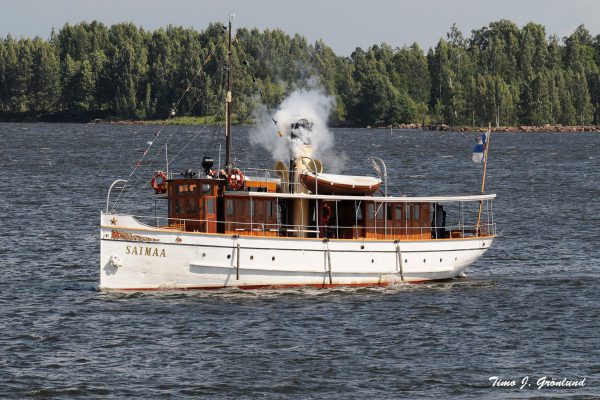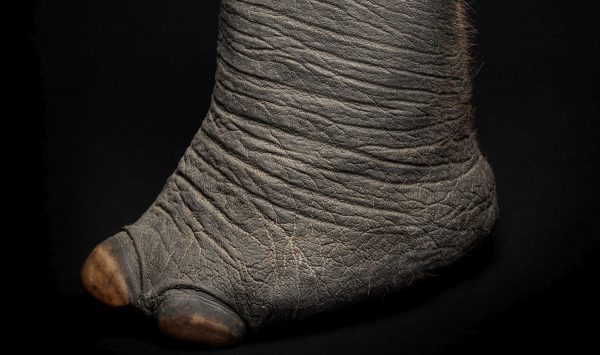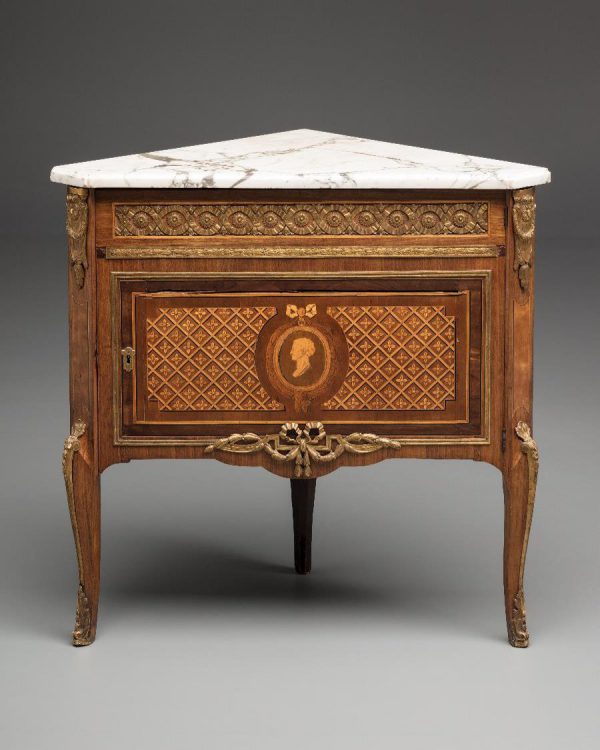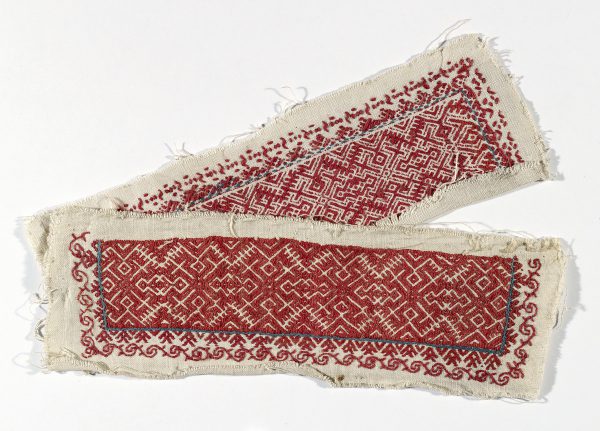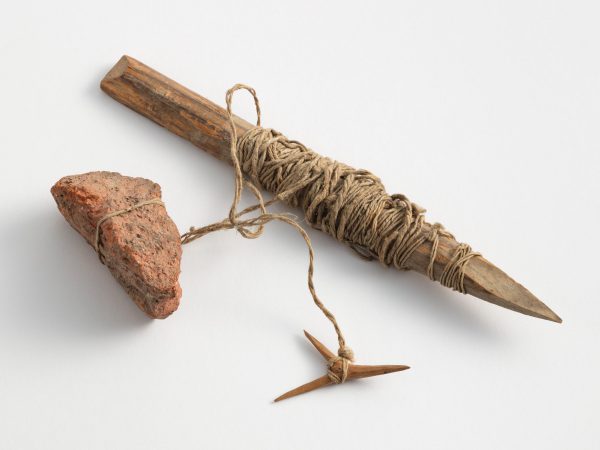Wastepaper basket made out of an elephant’s foot
Artefact of the month - April 2024
The Finnish Environment Institute (Syke) is currently gathering information not only about any ivory that may be stored in Finland, but also objects made out of ivory, such as ivory artefacts in museum collections. The project is related to the EU Convention on International Trade in Endangered Species of Wild Fauna and Flora (CITES) that regulates the trade as well as import and export of endangered species in all EU Member States.
Ivory has been a valuable material and commodity ever since ancient times. Today, the trade of ivory and objects made out of it is prohibited in principle, or subject to licence concerning certain types of objects. Over the years, international museums have accumulated quite large numbers of ivory artefacts, and objects made out of or containing ivory (elephant tusks) from Asia, Africa and Europe are also included in some of the older collection acquisitions of the National Museum of Finland.
Waste bins made of elephants’ feet
In addition to roughly a hundred ornamental, practical and ritual objects skilfully carved out of ivory, the ethnographic collection of the National Museum of Finland also includes three elephants' feet brought from Africa. Two of them have been turned into a wastepaper basket and an umbrella stand, while one is still unfinished.
Two of the feet were among the objects in the collections transferred from the defunct Finnish Mission Museum. The artefacts from the Finnish Mission Museum, accumulated since the late 1800s, also include natural scientific samples; collecting them from the foreign missionary areas of the Finnish Evangelical Lutheran Mission was a common practice and, among the rocks, clams, ostrich eggs, feathers and other samples, there are also two small elephant’s tusks.
Unfortunately, information about where and how the tusks and objects made out of elephants' feet from the Finnish Mission Museum has not been preserved; only the old catalogue information on one of the wastepaper baskets mentions that it originates from Namibia and, in the museum, the object had been included as a part of the reconstruction of the study of the missionary Martti Rautanen (1845–1926) in Olukonda. The objects are estimated to date from the early 1900s.
Souvenir from Congo in the 1930s
The history of the third wastepaper basket or umbrella stand is known a bit better. It was acquired by Mrs Saga Roos (1906–1999), who lived in Congo for a year and half in the 1930s; her husband Klas was the captain of a river boat on the Congo River. Mrs Roos, who was an author and a painter, also acquired other objects during her time in Congo, and she bequeathed her collection to the National Museum of Finland in her testament.
During colonial times, these objects made out of elephants’ feet acquired by Europeans that seem grotesque to the modern eye were seen as exotic souvenirs and curiosities, and presumably purchasing them was not considered ethically wrong. Parts of other animals were also sold as luxury items, but ivory exported from Africa was perhaps the most common luxury material of animal origin. Among other things, it was used to make piano keys and golf balls in the West and decorative and religious items in the East – and elephants’ feet were even used as unusual waste bins and foot stools that spread all over the world.
Photos:
Waste-paper basket or umbrella stand (VK6383:34). 1930s, the Congo. Photo: Ilari Järvinen, National Heritage Agency.
Elephant's foot (VKSLS889). The Felm Collection, Africa. Photo: Ilari Järvinen, National Heritage Agency.
Protecting the elephants
Elephant poaching and ivory smuggling are a major threat to the survival of elephants. The international ivory trade was prohibited in 1990, but approximately 30,000 elephants are still killed in Africa every year, specifically for their tusks. Waste bins made out of elephants’ feet can still be found on sale on the international antiques market.
It has even been suggested that all ivory objects in museum collections should be destroyed, but it is also true that old artefacts in collections can be used to demonstrate the history of exploitation of elephants and provide a background to their current endangerment. These waste bins are a perfect example, because they are the best way to bring the elephant itself to centre stage, large as life.
Pilvi Vainonen
Photos:
Decorative objects made of ivory from the collection of the collector Eric Idestam (VK5561), 1800–1900, China. Photos by Ilari Järvinen, Finnish Heritage Agency.
Sources
CITES, home, 31.3.2024
CITES-lajien luvat ja velvoitteet, Ympäristöhallinnon verkkopalvelu, 31.3.2024
Norsunluu ja CITES, Ympäristöhallinnon verkkopalvelu, 1.4.2024
Vainonen Pilvi, 2019, Jälkiä – Spår – Traces. Museovirasto.






